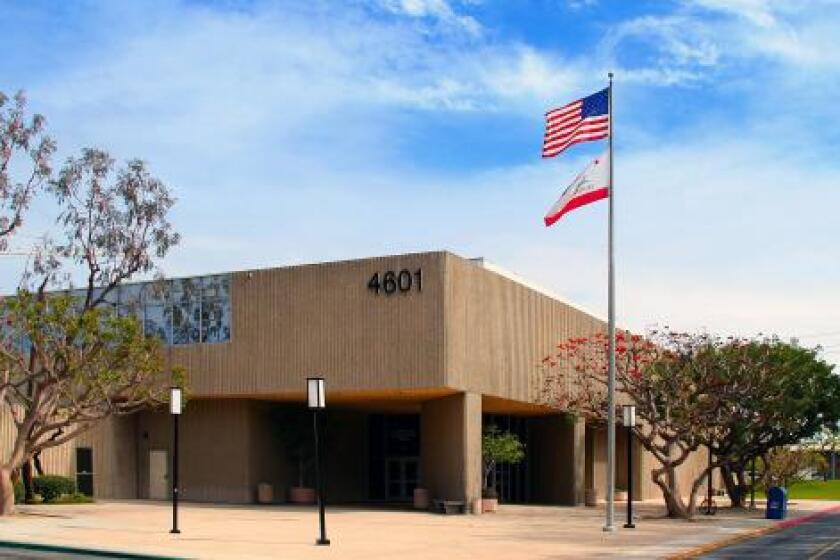City to reevaluate goat herds
- Share via
A group of local environmentalists want Laguna officials to wave “baa baa” to the herd of goats used to crop fuel breaks around the city’s perimeter.
The city has used the goat herds since 1990 to clear the hillsides of brush that make homes vulnerable to fire. The 125-goat herd circles the city in about 18 months at a cost of $125,000 a year. Opponents claim the area is grazed too often and too much, without enough restraint.
“Even hand crews would need oversight,” said former Mayor Ann Christoph.
As a member of the council, she voted to use the goats, assured that there would be biological supervision.
“But the safeguards have fallen by the wayside,” Christoph claimed.
That is not all that has fallen by the wayside, according to Peter Bowler, who teaches ecology at UC Irvine.
He said goat excrement acts as fertilizer and leads to the conversion of native plants to grassland and to water pollution.
“I love Peter, but I would like to see data to back up statements about water quality,” said City Manager Ken Frank.
Frank has been a consistent proponent of the goats because of the cost compared to other fuel modification methods.
“Six or seven years ago, we looked at hand crews,” Frank said. “It was five or six times more expensive, even assuming we were not taking the cuts to the landfill.”
In a brief report to the council, Fire Chief Mike Macey said the city could not be defended from wildfires without fuel breaks, currently provided by the goats.
“We are not the only ones doing this,” said Emerald Bay resident David Horne. “There are 19 goat projects across the state funded by grants. Goats and sheep are used in Mendocino County and who knows what they are munching.”
Asked what happens in areas where the goats don’t go, Macey said brush grows up against the structures.
“A lot of residents in upper areas can’t get fire insurance,” Councilwoman Cheryl Kinsman said. “That’s not right.”
Environmental Committee member Lisa Marks said the issues should not be framed as the environment versus fire protection.
Alternatives to the goats include hand crews and mechanical methods, according to Macey. He estimated the cost of an inmate hand crew at $11,000 an acre.
Laguna resident Jinger Wallace said she had talked to fire officials in other areas who told her hand crews were firefighters in waiting, trained, certified and supervised.
Elisabeth Brown, president of Laguna Greenbelt Inc., said the group would help with training costs.
“I can’t believe hand crews can do a better job for less money,” Kinsman said.
Eleanor Henry, who collected signatures on a petition in favor of the goats, left before the hearing, which was the last item at a meeting that didn’t end until about midnight.
Frank promised to return in six weeks with preliminary information on hand crews, their availability and a cost comparison with the goats. No new areas will be cropped in the meantime.
********** **
QUESTION OF THE WEEK
Should the city look at other methods of fire-fuel reduction or continue using goats on hillsides? Write us at P.O. Box 248, Laguna Beach, CA, 92652, e-mail us at [email protected] or fax us at 494-8979. Please give your name and tell us your home address and phone number for verification purposes only.
All the latest on Orange County from Orange County.
Get our free TimesOC newsletter.
You may occasionally receive promotional content from the Daily Pilot.



